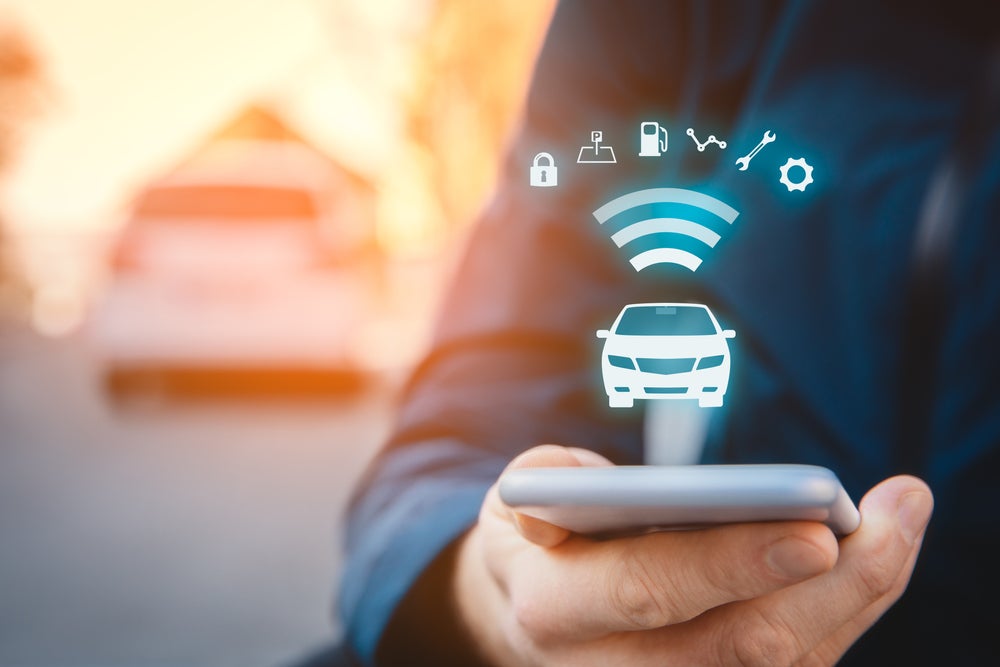
Victory March of Electric Mobility: E-Mobility Future Trends
Juice Technology AG, a manufacturer of charging stations and a specialist in software for EVs, and the futurologist Lars Thomsen answer some of the most pressing questions surrounding the future of electric mobility (e-mobility) in Europe and the rest of the world.
In view of the increasing costs of energy, there is a certain degree of uncertainty among the general public regarding the development of e-mobility. The increase in costs is closely linked to the current crisis, however, which means it is not permanent. In particular, this applies to the soaring electricity prices in 2022.
The price distortions on the electricity market are because one source of energy (gas) has made the price of electricity disproportionately more expensive according to the “merit order” pricing principle.
E-mobility: Decentralised power generation requires smart load management systems
The trend towards increasingly renewable forms of power generation remains unbroken, however, and the costs of these forms of energy continue to fall. In the medium to long term, electricity will become increasingly cheaper, the more renewable energy is generated and the “smarter” energy grids become.
As an active element in the smoothing of peak loads in local power grids, e-cars will play a key role in creating stability on the power grid. In the next few years, this is set to become an important issue for all the parties involved (car manufacturers, network operators and customers).
The condition for this is an intelligent distribution of the available electricity using smart charging systems. Dynamic load management will therefore become a must for all of the new charging stations appearing on the market. The distribution can take place on an evenly distributed, or prioritised and time-controlled basis.
How well do you really know your competitors?
Access the most comprehensive Company Profiles on the market, powered by GlobalData. Save hours of research. Gain competitive edge.

Thank you!
Your download email will arrive shortly
Not ready to buy yet? Download a free sample
We are confident about the unique quality of our Company Profiles. However, we want you to make the most beneficial decision for your business, so we offer a free sample that you can download by submitting the below form
By GlobalDataThe victory march of electric mobility is unstoppable
The ramp-up curve of e-mobility in the commercial and public sphere is now starting to grow on an exponential basis. In increasing numbers of towns, cities and municipalities, electric variants of public transport and municipal vehicles are replacing diesel-powered vehicles.
The tipping point, at which electrically-powered buses, vans or taxis are cheaper than diesel or petrol vehicles in terms of their overall costs, is now being reached in an increasing number of areas. This often means that the decision in favour of e-mobility not only makes sense in environmental terms but also from an economic perspective. In the van and HGV segments, the victory march of purely battery-driven vehicles is also on the horizon in the coming years and decades.
The decisive factor will be that in the medium term, public charging infrastructure will be available wherever it makes sense for operators and customers. The charging type must also be adapted to the location.
Christoph Erni, founder and CEO of Juice, emphasises: “A DC quick charging point is expensive to purchase. The choice of location, therefore, needs to be carefully considered. Car parks at hotels, leisure facilities, tourist attractions, shopping centres, airports and business parks can be equipped with 15 to 20 AC charging stations for the price of just one HPC (high-power charger) and the batteries will still be full – and in a more environmentally-friendly way.”
E-mobility in Europe
There are some striking differences between the European countries surrounding the development status of the charging infrastructure. In Scandinavia, the Netherlands and Germany, for example, the development of the infrastructure is already very advanced. Countries such as Spain, Italy and Greece can still catch up within a short time, though. The good thing about the charging infrastructure is that it doesn’t take long to build it or install it. Along motorways, charging areas can be planned and built in a matter of weeks or months; installing a charging station at home or at work can be done even more quickly.
In many European countries, local cooperatives between citizens, local businesses and municipalities are emerging, taking parts of their energy production and supply systems into their own hands. This makes sense, as if solar power systems, storage systems and consumers can be used jointly on site, it leads to considerable gains in efficiency, the acceptance for local energy production increases, and those involved also have the opportunity to benefit financially.
E-mobility in the US
The US is a region that has so far lagged behind Europe in terms of the development of electric mobility. The current figures suggest that sales of electric cars in the US have increased rapidly in recent years, however. The Inflation Reduction Act and the high prices of gasoline, along with a host of new and attractive products across the board, have created new impetus for the increased use of electric cars in the US.
The market share of e-vehicles in California and on the East Coast, which is already impressive, is now moving inland. In many segments, e-vehicles are the better choice, not only for environmental reasons but also in terms of economic and performance-related considerations. The expansion of the charging infrastructure for e-vehicles is also on the rise in the US, but also has to keep pace with the increasing demand.
E-mobility in China
The motor vehicle industry in China could secure up to 20% of the global market share in electric vehicles by 2027, and become dominant in the innovative categories of EVs for the autonomous transportation of people and goods over the medium to long term. The traditional OEMs in Europe and the US are likely to find it increasingly hard to compete against this opponent: In terms of key components such as batteries, electronics, the use of artificial intelligence and autonomous driving, the Chinese not only appear to be further ahead but above all else, faster. If the traditional OEMs are not able to dramatically increase their agility in terms of their innovation, China will be able to secure large parts of the cake for itself in the medium to long term.
What does 2023 promise?
In the US, the “Inflation Reduction Act” is set to boost the development, production and sales of e-vehicles and the construction of large-scale battery production capacities from 2023 onwards. In Europe, we expect far-reaching new initiatives to keep the European industry competitive against the USA and China – not only for passenger cars but increasingly for commercial vehicles, buses and HGVs as well.
China is set to become one of the largest markets and exporting countries for e-vehicles, and will therefore offer incentives to its domestic industry to increase its levels of innovation and accelerate the production of e-vehicles and batteries. A global race is clearly underway in terms of who is set to play the dominating role in the next generation of mobility.
How software is driving the EV charging market







